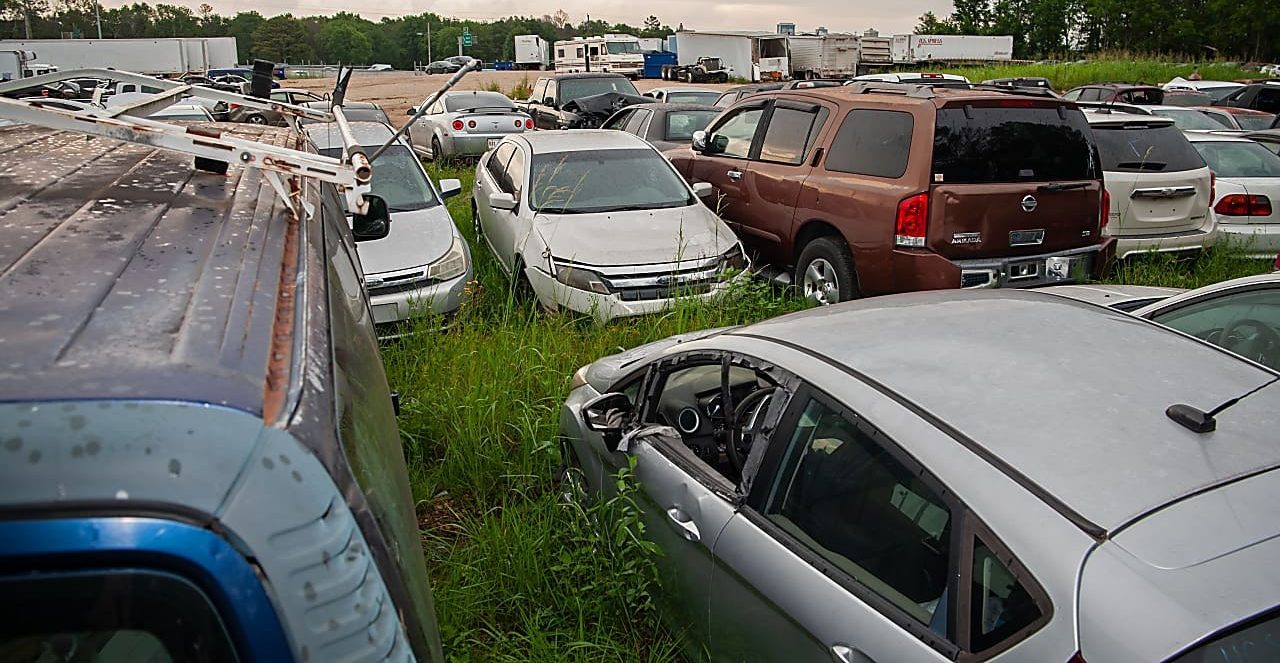Drivers face the financial risks associated with automobile use through auto insurance, which has become increasingly burdensome.
With the sharp rise in premiums, American insurance customers must weigh their monthly expenses against the necessity of feeling secure while driving.
Inflation has driven up expenses across various sectors, resulting in increases in vehicle repair and replacement costs, medical expenses, and other associated auto insurance claim costs.
Consequently, premiums have surged at an alarming rate over the past two years, rising by 7.9% in 2022 and another 5.9% in the first half of 2023. This escalation has left many U.S. insurance customers unable or unwilling to afford auto insurance.
Data from J.D. Power shows a worrying trend, as the percentage of American households with at least one vehicle lacking auto insurance rose from 5.3% in the second half of 2022 to 5.7% in the first half of 2023.
.Additionally, a record-high 12.5% of customers reported shopping for auto insurance during the second quarter of 2023.
Also Read: How to Choose the Right Auto Insurance: Key Coverage Options and Tips for Saving Money
The Uninsured Legions
The trend of uninsured drivers is growing, particularly in certain geographical areas where the risk is noticeably higher.
Power reveals that the rate of individuals opting to forgo insurance has varied by state, and recent premium hikes have worsened this situation.
In the first half of this year alone, 12 states experienced a 30% or greater rise in uninsured drivers compared to the latter half of 2022. Among these states, two have seen staggering increases exceeding 80%, as detailed in the accompanying table.

Financial Pressures on Insurers
The combined effects of inflation and increased loss ratios have made customer defection a pressing issue for the insurance sector.
Auto insurers have deemed their current premiums insufficient to cover rising claims costs, leading to a 12% increase in claims and associated costs over what they collected in premiums in 2022.
This marks the second consecutive year that companies have operated at a financial loss. However, customers—especially those with clean driving records over the past two years—are frustrated by the continued rate hikes.
For them, these increases appear arbitrary and unfair. Insurers must find effective ways to communicate the value they offer, clarify their policies, and potentially identify unnecessary features to reduce costs.
Loyalty from customers is typically earned during challenging times, and insurers that successfully handle these issues may see increased customer loyalty and advocacy as conditions improve.
What Should Consumers Do?
It is easy to see why some customers might consider driving without insurance rather than risking their financial stability. Yet, operating a vehicle without insurance is not a viable long-term strategy and often leads to further complications. This raises the question: What alternatives do customers have?
Taking proactive steps with insurers is essential. Customers should negotiate with their insurance providers, inquiring about potential adjustments to their policies that could result in lower premiums, such as altering deductibles or coverage limits and applying all eligible discounts.
Many insurers also provide payment plans and special payment date options for those experiencing financial hardship, although customers must actively seek these opportunities.
Also Read: Ambulance Strikes Cyclist, Then Charges Him $1,900 for the Ride
Annual price shopping should become routine for consumers focused on saving money. Customers can benefit from working with independent agents who can find the most competitive offers or by conducting online research and reaching out to providers directly to discover better deals on their policies.
Drivers who maintain insurance should also evaluate their uninsured/underinsured motorists coverage with an insurance professional.
As the number of uninsured motorists rises, ensuring adequate coverage can help mitigate some risks associated with collisions involving individuals who are either uninsured or inadequately insured.

